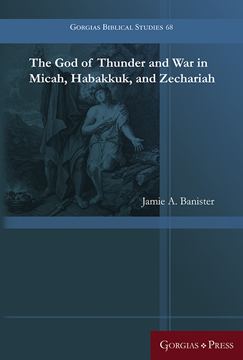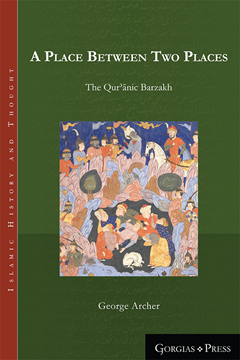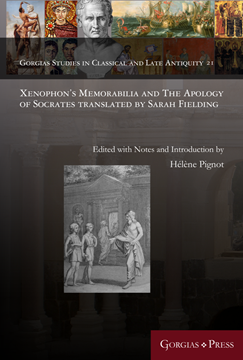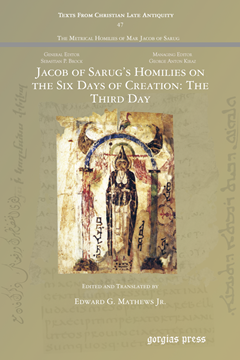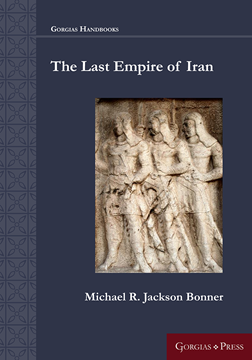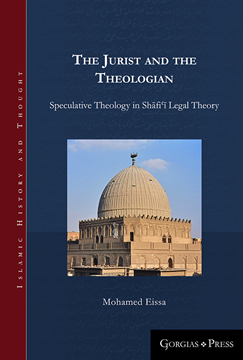The God of Thunder and War in Micah, Habakkuk, and Zechariah
Series: Gorgias Biblical Studies 68
ISBN: 978-1-4632-0611-6
This volume explores storm-/warrior-god motif as found in non-biblical ANE texts, followed by an analysis of the language and imagery in several noteworthy theophanic passages in the Hebrew Bible. These characteristics and vocabulary are used in later chapters to identify and analyze similar motifs in the Twelve Prophets, especially focusing on Mic 7:7-20; Habakkuk 3; and Zech 9:9-16 as test cases. By tracing the use of the storm-/warrior-god motif and language associated with it, a detectable shift is apparent in the use of the motif in the HB that corresponds with the development of monotheism within Ancient Israelite religion.
$114.95 (USD)
A Place Between Two Places
The Quranic Barzakh
Series: Islamic History and Thought 1
ISBN: 978-1-4632-0612-3
For believers in a resurrection of the body, there arises the question of what happens after death but before the Last Day: the intermediate state. For most Muslims, the intermediate state is the barzakh. It is a fantastical and frightening time in the grave. The present study will examine where the belief in the barzakh comes from through a study of the Qur'an.
$129.00 (USD)
Xenophon's Memorabilia and The Apology of Socrates translated by Sarah Fielding
Edited with Notes and Introduction by Hélène Pignot
ISBN: 978-1-4632-0614-7
Sarah Fielding (1710-1768), the younger sister of Henry Fielding, and the close friend of his literary rival Samuel Richardson, was one of the very few English women to master ancient languages like Latin and Greek. With the help of Shaftesbury's nephew, James Harris, a distinguished writer, scholar and grammarian, she embarked on the ambitious project of translating Xenophon's Memorabilia and the Apology of Socrates from the Greek. This work, titled Memoirs of Socrates, with the Defence of Socrates before his Judges, was finally released in 1762. She proved a discreet editor and a talented Hellenist, whose elegant style garnered praise from Tobias Smollett in his Critical Review. This superb translation is re-published in its entirety for the first time since the 18th century.
$141.00 (USD)
Jacob of Sarug’s Homilies on the Six Days of Creation (The Third Day)
The Third Day
Edited and Translated by Edward G Mathews Jr
Series: Texts from Christian Late Antiquity 47
ISBN: 978-1-4632-0615-4
In this third part of Homily 71, On the Fashioning of Creation, Jacob treats the God's separation of the waters from the earth, and the bringing forth of vegetation on the newly-revealed dry land.
$32.00 (USD)
The Last Empire of Iran
Series: Gorgias Handbooks 44
ISBN: 978-1-4632-0616-1
As part of the Gorgias Handbook Series, this book provides a political and military history of the Sasanian Empire in Late Antiquity (220s to 651 CE). The book takes the form of a narrative, which situates Sasanian Iran as a continental power between Rome and the world of the steppe nomad.
$90.00 (USD) $72.00 (USD)
The Jurist and the Theologian
Speculative Theology in Shāfiʿī Legal Theory
Series: Islamic History and Thought 5
ISBN: 978-1-4632-0618-5
This in-depth study examines the relation between legal theory (uṣūl al-fiqh) and speculative theology (ʿīlm al-kalām). It compares the legal theory of four classical jurists who belonged to the same school of law, the Shāfiʿī school, yet followed three different theological traditions. The aim of this comparison is to understand to what extent, and in what way, the theology of each jurist shaped his choices in legal theory.
$176.00 (USD)
